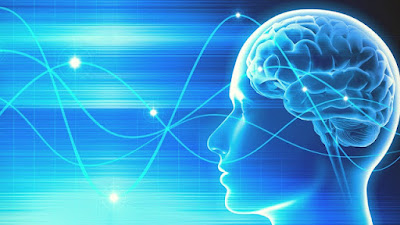Veterinary Diagnostic Imaging : Diagnostic Breakthroughs for Veterinary Medicine
 |
| Veterinary Diagnostic Imaging |
Veterinary Diagnostic Imaging has emerged as a transformative
field, revolutionizing the way veterinarians diagnose and treat animals. With
advanced imaging technologies and techniques, this branch of veterinary
medicine has witnessed remarkable diagnostic breakthroughs, enabling more
accurate and timely diagnoses, improved patient outcomes, and enhanced animal
care.
Veterinary
Diagnostic Imaging encompasses a range of non-invasive imaging
techniques used to visualize internal structures and processes in animals.
These techniques include radiography (X-rays), ultrasound, computed tomography
(CT), magnetic resonance imaging (MRI), and nuclear medicine. Each modality
offers unique advantages in terms of resolution, depth of visualization, and
tissue characterization. These imaging tools enable veterinarians to detect and
evaluate various conditions such as fractures, tumors, organ abnormalities, and
cardiovascular diseases, among others.
The advancements in veterinary
diagnostic imaging have brought about significant breakthroughs in veterinary
medicine. One such breakthrough is the early detection of diseases. With the
ability to capture high-resolution images, veterinarians can identify subtle
abnormalities at an early stage, allowing for prompt intervention and better
treatment outcomes. For example, in cases of cancer, early detection through
imaging can facilitate timely surgical intervention or targeted therapies,
increasing the chances of successful treatment.
Furthermore, Veterinary Diagnostic Imaging has revolutionized orthopedic care in
animals. By providing detailed visualizations of bones, joints, and soft
tissues, imaging techniques like CT and MRI enable accurate diagnosis and treatment
planning for conditions such as fractures, ligament tears, and degenerative
joint diseases. This has led to more precise surgical procedures, reduced
complications, and improved post-operative rehabilitation.
Moreover, Veterinary Diagnostic Imaging has contributed to advancements in
cardiology and internal medicine. Ultrasound and advanced imaging modalities
allow for detailed evaluation of the heart and abdominal organs, aiding in the
diagnosis of cardiac diseases, gastrointestinal disorders, and hepatic
pathologies. These breakthroughs have resulted in more targeted treatment
strategies and better management of chronic conditions.
The main goal of Veterinary
Healthcare is to effectively manage an animal's health by identifying
and treating problems. It is a branch of medicine that deals with the control,
diagnosis, and treatment of illnesses that affect both domestic and wild
animals.
Veterinary Diagnostic Imaging has ushered in a new era of
diagnostic breakthroughs in veterinary medicine. Through its non-invasive
nature and ability to provide detailed visualizations, it has become an
indispensable tool for veterinarians. With continued advancements, veterinary
diagnostic imaging holds the promise of further enhancing animal care and
treatment outcomes.



Comments
Post a Comment